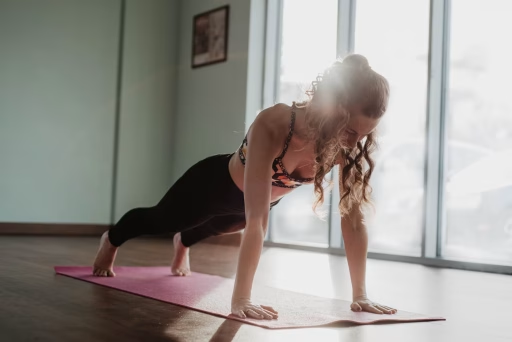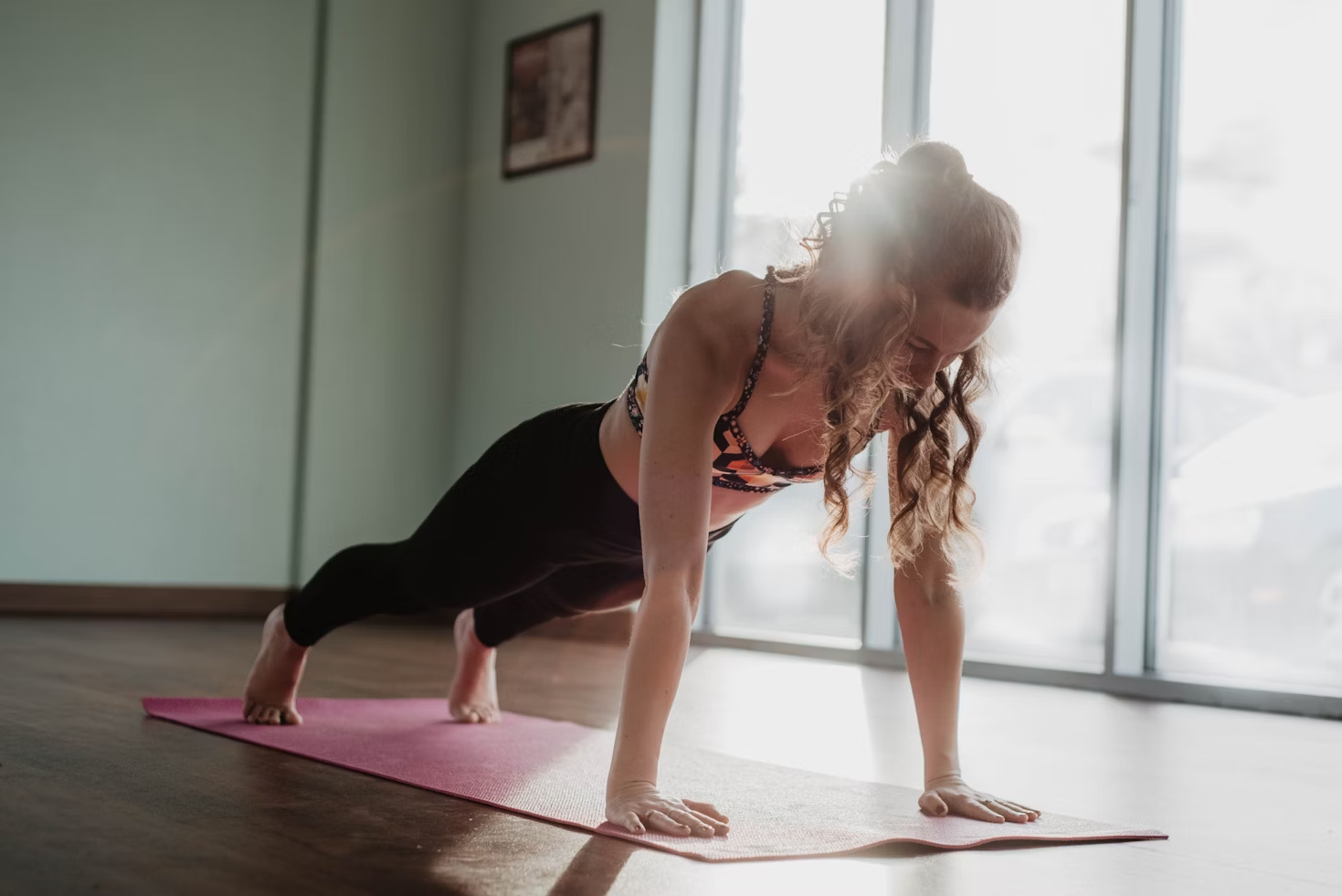Functional Fitness: Building Strength for Everyday Life
Healthy’s Summary
Functional fitness is about training your body for real-life activities, not just gym exercises. It focuses on improving strength, balance, flexibility, and endurance through movements that mimic daily tasks like lifting, squatting, or reaching. Unlike traditional strength training, which isolates muscles, functional fitness engages multiple muscle groups at once, promoting overall efficiency and injury prevention. Factors like age, lifestyle, and personal goals determine the best approach for you.
What Is Functional Fitness?
Imagine this: You’re carrying groceries up the stairs, bending to tie your shoes, or picking up your child. These everyday movements require coordination, strength, and balance—yet most traditional workouts don’t prepare you for them. That’s where functional fitness comes in.
Unlike conventional strength training, which often focuses on isolating specific muscles, functional fitness is designed to make your body more efficient in real-world scenarios. By engaging multiple muscle groups simultaneously, it helps improve movement patterns, reduce injury risk, and enhance overall physical performance.
The concept of functional fitness isn’t new. It’s rooted in rehabilitation therapy, where patients perform exercises that mimic their daily activities to regain strength and mobility. Over time, fitness experts recognized its benefits for everyone—not just those recovering from injuries. According to a study published in the Journal of Strength and Conditioning Research, functional training improves balance, agility, and core stability more effectively than traditional resistance training alone.
The Benefits of Functional Fitness
One of the biggest advantages of functional fitness is its focus on practical movement. Instead of performing isolated exercises like bicep curls or seated leg extensions, you engage in dynamic, full-body exercises that translate into daily activities.
Functional fitness also promotes longevity. Research from the American Journal of Preventive Medicine shows that maintaining muscle function and balance as we age can significantly reduce fall risks and mobility issues. By incorporating functional training, people of all ages can improve their quality of life and maintain independence longer.
How to Get Started with Functional Training
While the principles of functional fitness can be applied to any workout, certain exercises are particularly effective:
- Squats — Mimics sitting down and standing up, strengthening the legs and core.
- Lunges — Enhances balance and leg strength for walking and climbing stairs.
- Deadlifts — Trains you to lift objects from the ground safely.
- Push-ups — Builds upper body and core strength for pushing motions.
- Planks — Strengthens core muscles for better posture and stability.
To begin incorporating functional fitness into your routine:
- Assess Your Needs — Consider your daily activities and any physical challenges you face.
- Start with Basic Movements — Focus on foundational exercises before progressing to more complex ones.
- Use Proper Form — Poor technique can lead to injuries, so take your time and seek guidance if needed.
- Incorporate Variety — Mix up exercises to work different muscle groups and keep your workouts engaging.
- Listen to Your Body — Avoid overtraining and rest when needed.
Curious about the best functional exercises for your life? Chat now about your daily routines and get a personalized fitness plan to make you stronger where it matters.
Ask Healthy
Final Thoughts
Functional fitness isn’t just about working out—it’s about enhancing the way you move through life. Whether you want to prevent injuries, improve posture, or simply make daily tasks easier, functional training is a valuable addition to any fitness routine.
Want to dig deeper?
Strength and Mobility for Aging Well
Staying active is key to maintaining independence and vitality as you age. ” Strength and Mobility for Aging Well” offers simple, effective ways to build strength, improve mobility, and stay fit—regardless of your starting point. Whether you’re looking for gentle exercises to get moving or tips to maintain your flexibility and balance, this program is here to help. Learn how small, consistent steps can enhance your energy, protect your joints, and keep you moving with confidence every day.
Enroll in one of Healthy’s Programs to log, track and learn more about your Health, one conversation at a time.
Start Program




